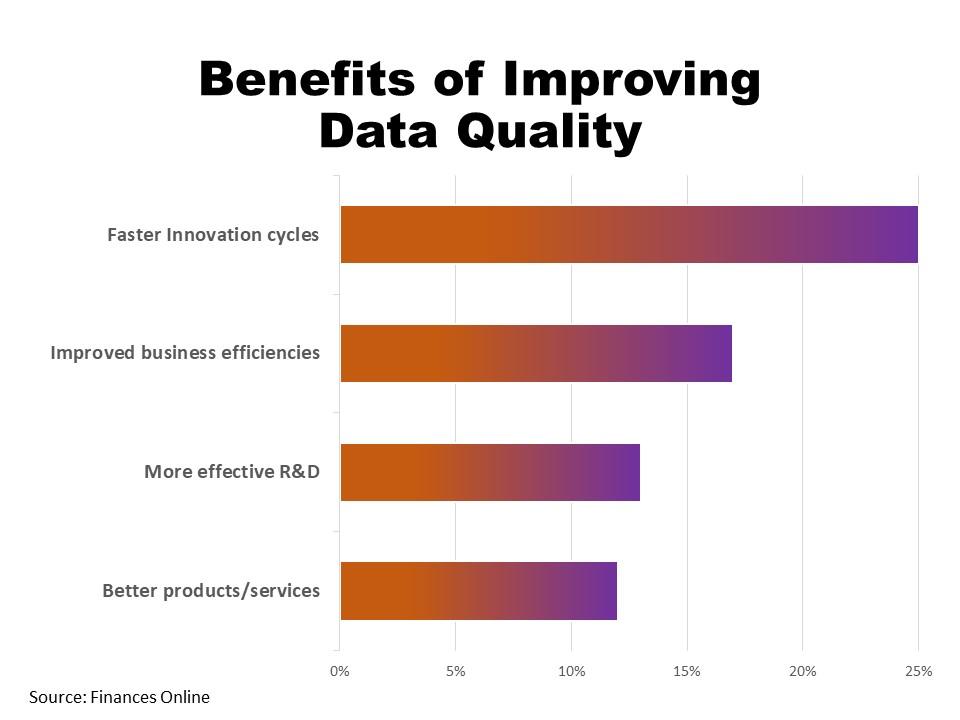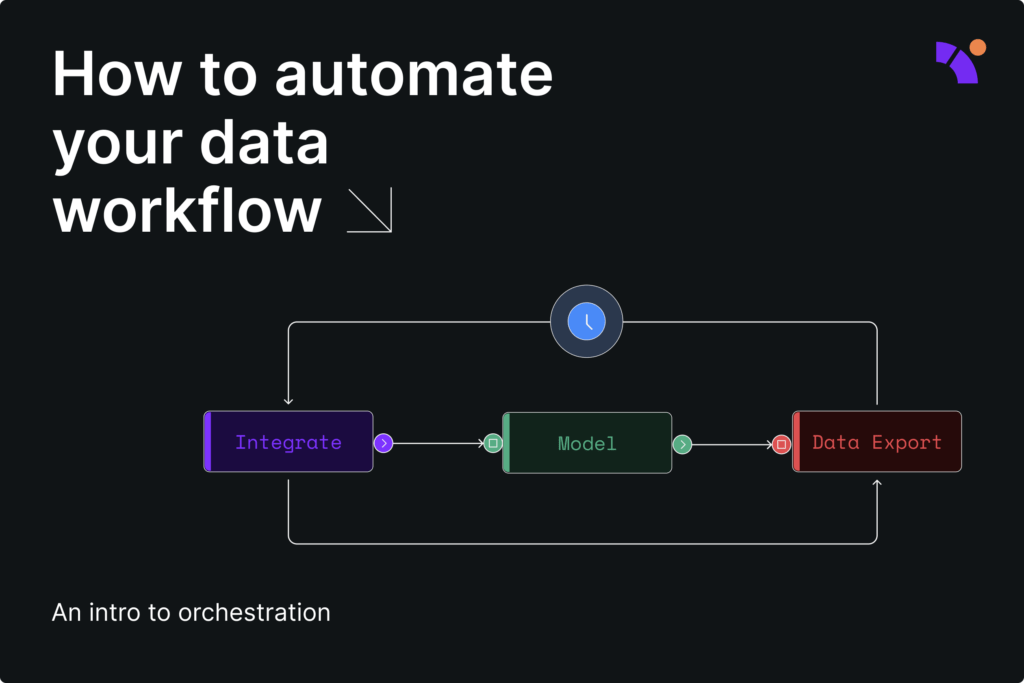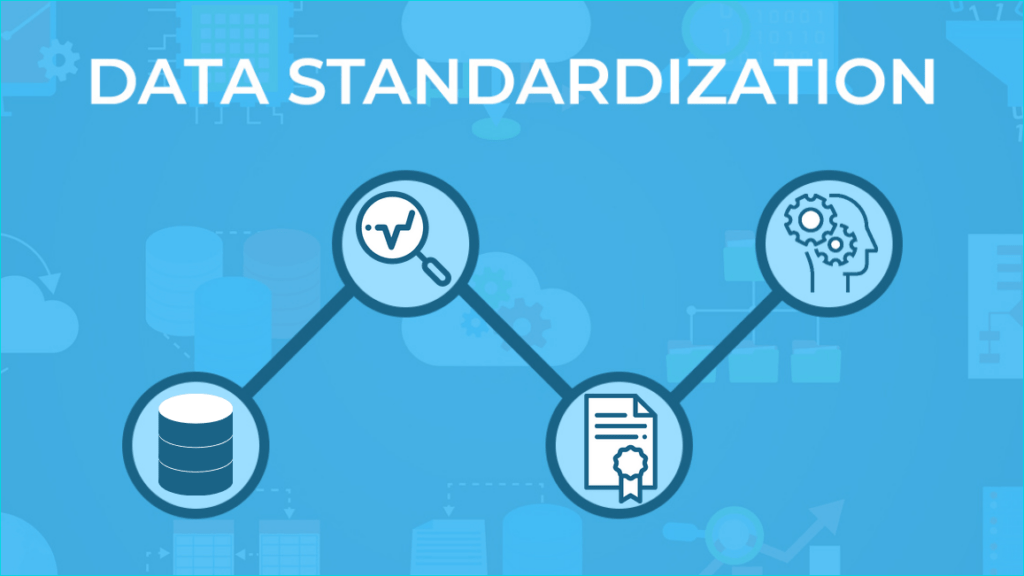It’s no good having a bunch of data if it’s inaccurate and unreliable. As a business, your data is only valuable and helpful if it’s high-quality. So how to increase data quality? Regardless of the type of business you run, or what data you gather, the quality of your data is central to your success. Therefore, you need to make sure that you’re gathering it from reliable sources and storing it in the most optimal way.

How to Increase Data Quality?
Accurate and reliable data enables you to make well-informed decisions to move your business forward. You can use your data to improve operational efficiency and enhance your client and customer services. It also minimizes the risk of errors that could impact your reputation and cost a lot of money to resolve.
So if data quality is so important, how can you maintain a high level of accuracy and reliability in your data? Here are some top tips.
Recommended reading: What Is Data Structure and Their Applications?
1. Automate your data collection
There is now a plethora of advanced programs and software that you can use to automate your data collection processes. These programs use artificial intelligence and machine learning algorithms to gather accurate data and categorize it in your database.

Various software can also detect anomalies and outliers in your data and remove them, further increasing your data reliability. Compared to manually checking all of your data manually, using software is a much quicker and more accurate way to get rid of low-quality and redundant data.
Integrating fuzzy matching techniques into your data management process can significantly enhance the accuracy and quality of your data. These algorithms identify and rectify similar, but not identical, data entries that can often go unnoticed in large datasets. It helps in identifying and consolidating duplicate records that might cause redundancy, thereby improving the overall consistency of the data. As a result, not only is your data cleansed of errors, but it also ensures better conformity to desired formats, ensuring a higher level of data integrity.
FURTHER READING: |
1. Stacks and Queues in Data Structures: An Overview |
2. What Is Big Data Analytics and How It Useful for Business? |
3. Tree Data Structure: A Closer Look |
2. Standardize your data-checking processes
As your business grows, your database will expand and you might switch to using Big Data Analytics, increasing the risk of dodgy data slipping through the cracks. It’s also much more time-consuming to run through larger volumes of data to identify redundant data points and anomalies.

By standardizing your data analysis protocols, you can increase the efficiency and accuracy of these processes. This will improve the quality of your data and save time and money in your business.
Recommended reading: What Is Data Classification: Best Practices And Data Types
3. Regularly clean up your database
When you’re busy running a successful business, regularly checking your data is not always the first thing on your mind, especially when you’ve got a significant backlog of data from the last several years. However, regularly cleaning your data enables you to stay on top of this process and maintain a high level of data accuracy and reliability.

You can use various programs to clean up your data on a continuous basis, or at regular intervals throughout the year. Otherwise, you can hire expert staff for the job, although this method will probably be more costly.
4. Categorize your data
Categorization makes it much easier to find specific data points when you need them. When your data is organized into categories, you can spot potential errors and outliers and closely monitor your database.

You can manually categorize your data or use machine learning software that scans through it, tags it according to pre-determined criteria, and creates relevant categories.
We at Designveloper hope you can know how to increase data quality after reading this article.























